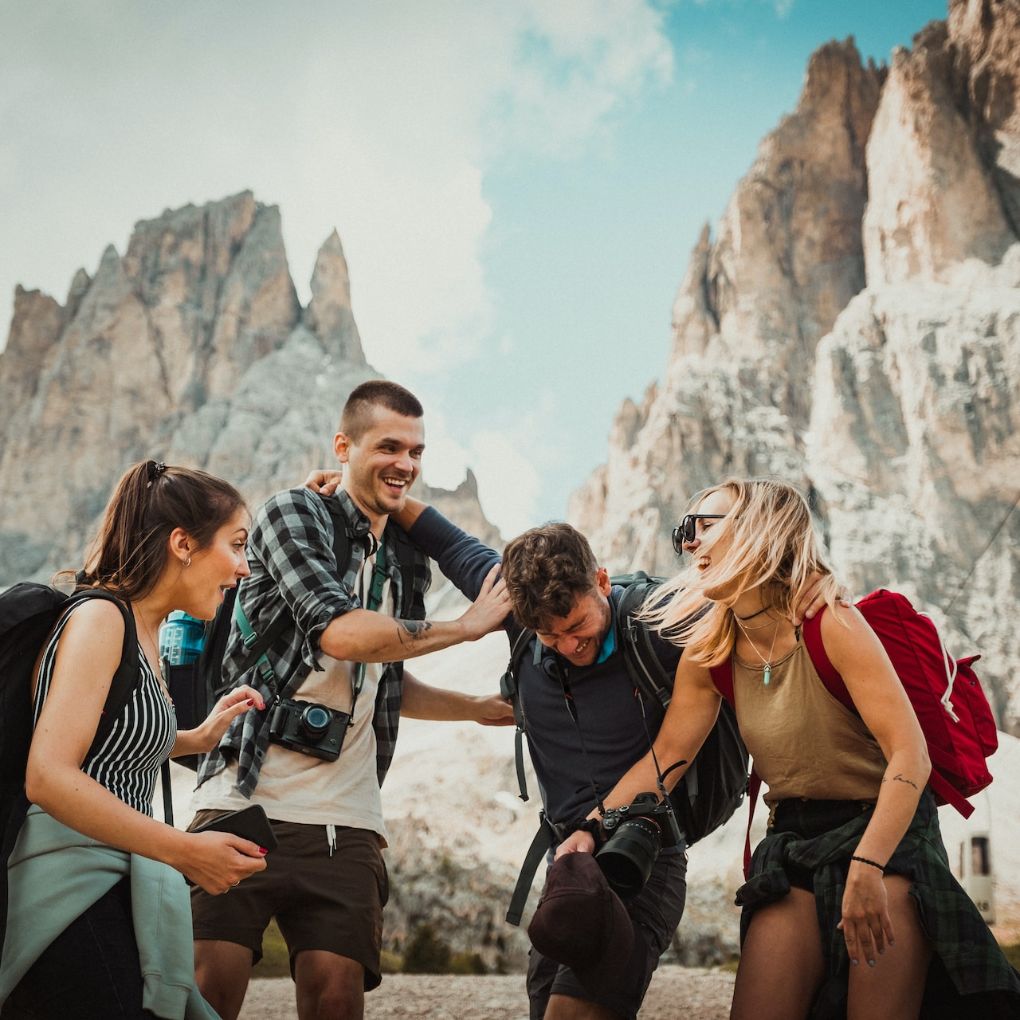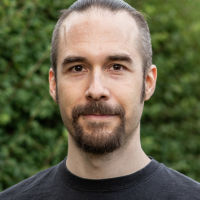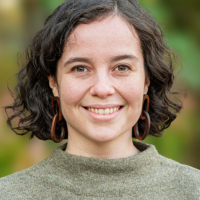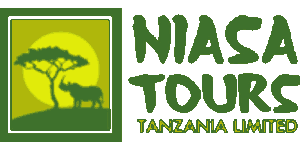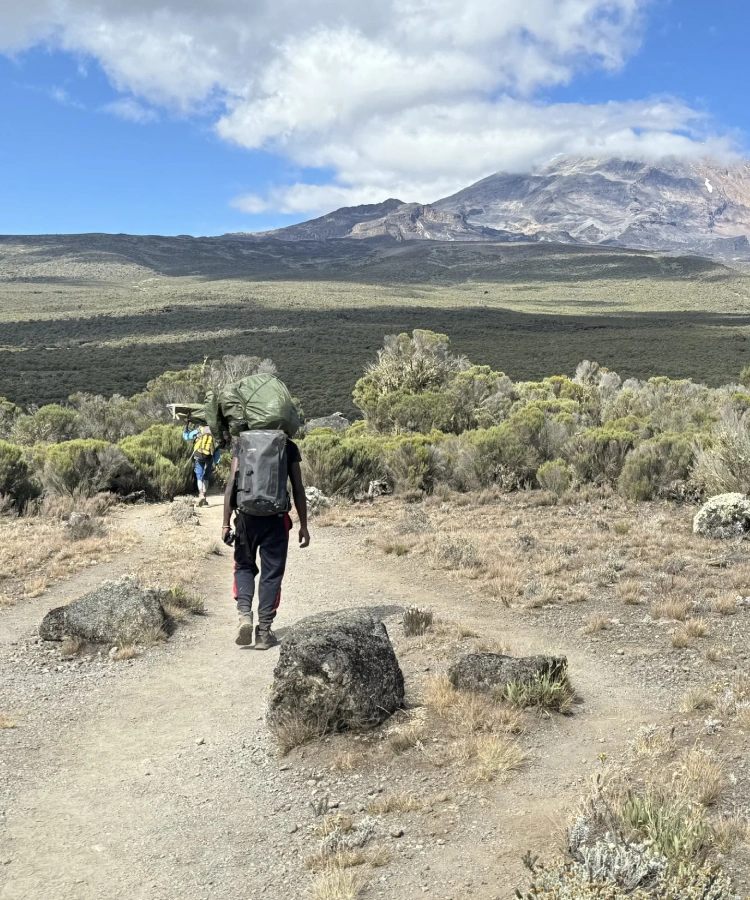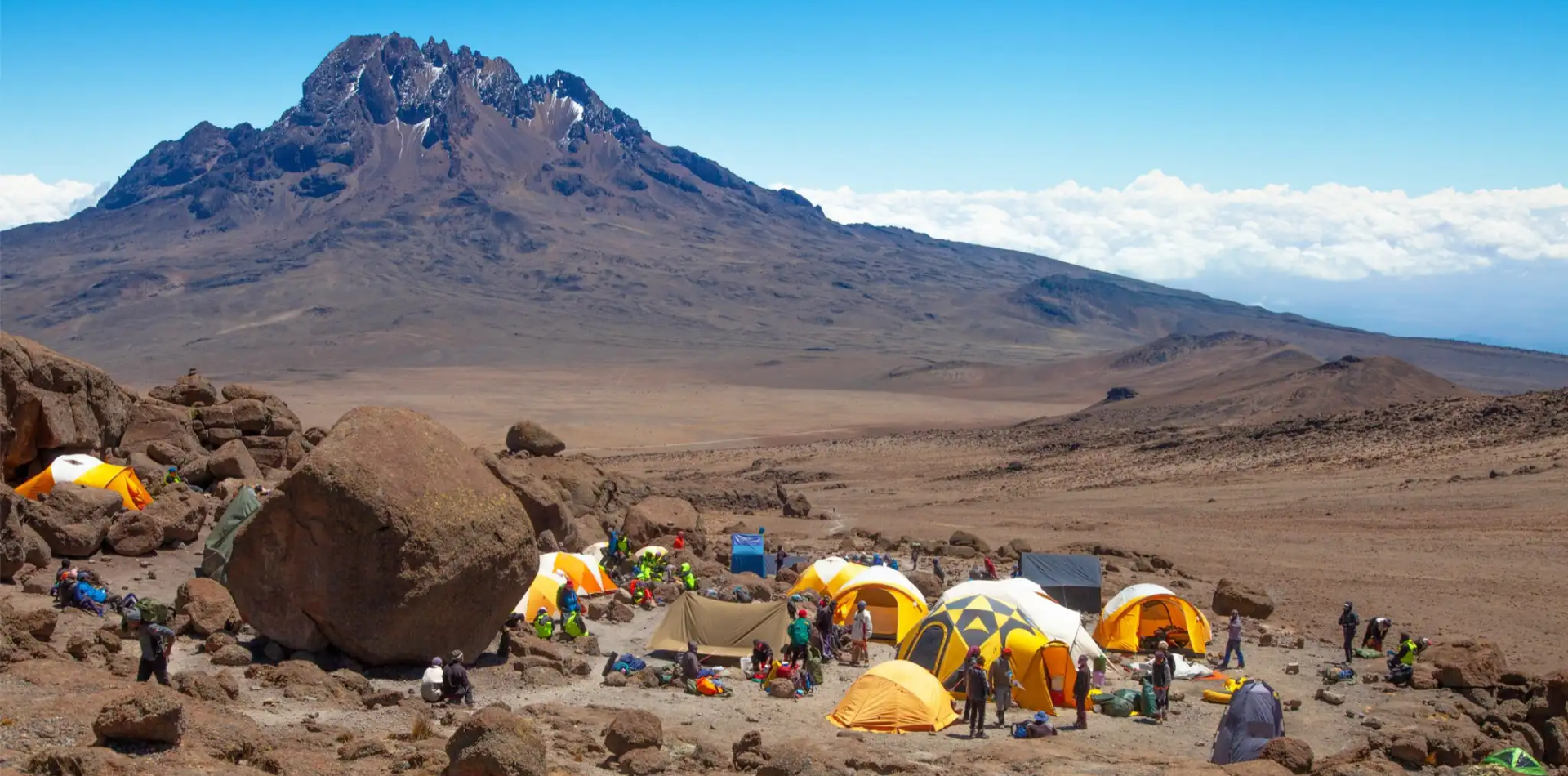
6 Days Rongai Route
About This Safari
Experience Kilimanjaro from its quietest and most scenic side with this 6-Days Rongai Route Tour. Starting near the Kenyan border, this Kilimanjaro Climb offers gradual ascents, diverse landscapes, and excellent summit success rates. Hike through rainforest, moorland, and alpine desert, enjoying panoramic views and unique wildlife along the way.
Summit Uhuru Peak at sunrise—Africa’s highest point—before descending via the Marangu Route for a rewarding full-circuit experience. Perfect for trekkers seeking a less-crowded, highly rewarding route with expert guides, full camp support, and an unforgettable journey to Africa’s highest summit.
Tour Highlights
Diverse Habitats
Experience a variety of ecosystems—from dense montane forests to moorlands and alpine deserts—each offering unique flora, fauna, and breathtaking views along your Kilimanjaro journey.
Scenic Trail
Trek through breathtaking landscapes, from lush forests to alpine deserts. The Rongai Route offers ever-changing scenery that makes every step an inspiring adventure filled with natural beauty.
Challenging Ascent
Prepare for a rewarding climb. The final push tests your endurance, but the panoramic views and sense of accomplishment are worth every step.
High Success
This route’s gentle slopes and gradual ascent give climbers a great chance to reach the summit, making it perfect for those seeking both challenge and achievement.
Price starts at 2500USD depending on the number of people per group
Tour Details
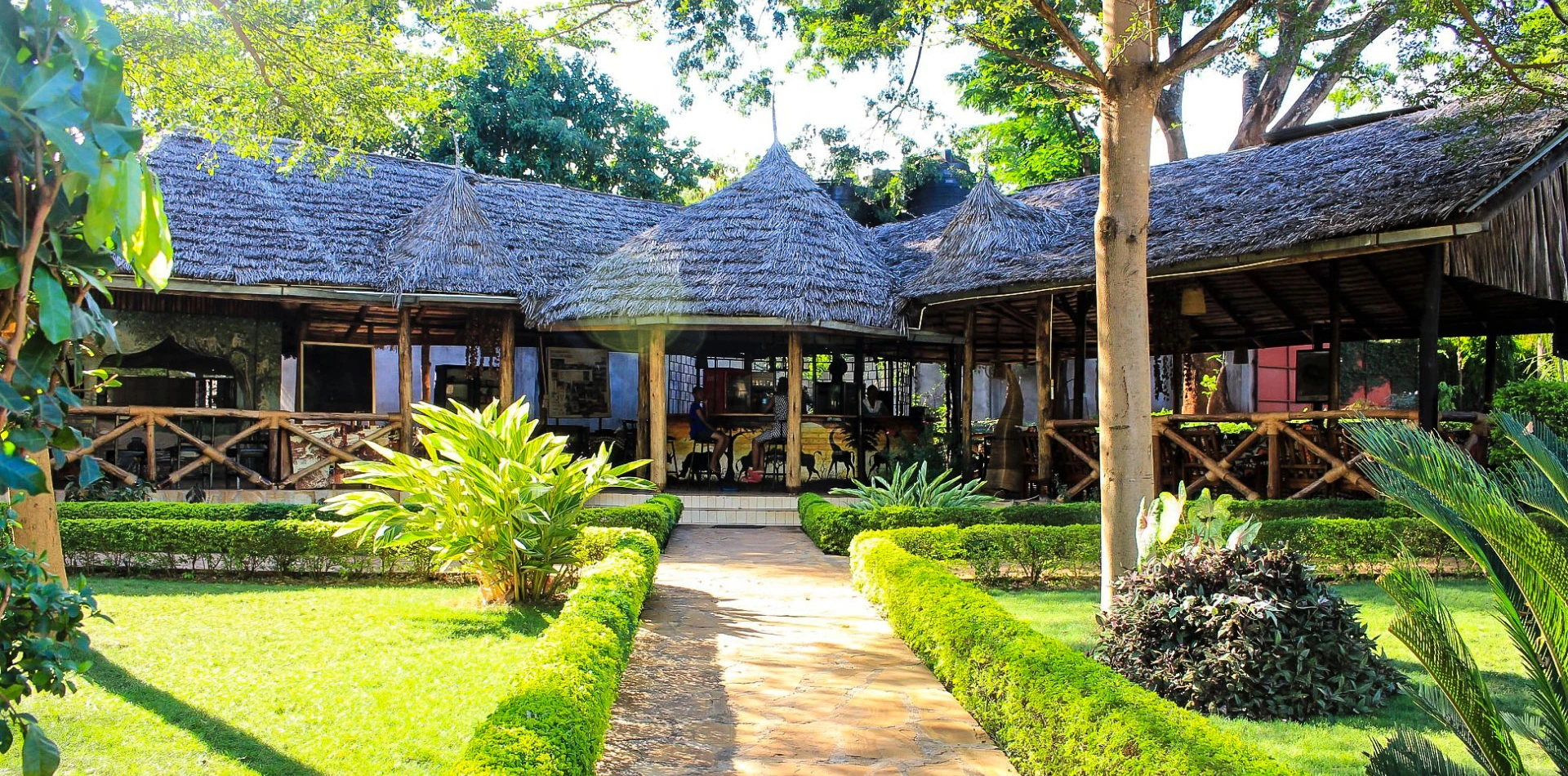
Arrive in Moshi (or nearby Kilimanjaro airport).
Check into a hotel (recommended options: Kili View Lodge, Mountain Inn, or Keys Hotel).
Briefing with your guide/operator about the trek, gear check, and acclimatization prep.
Relax and prepare for the climb ahead.
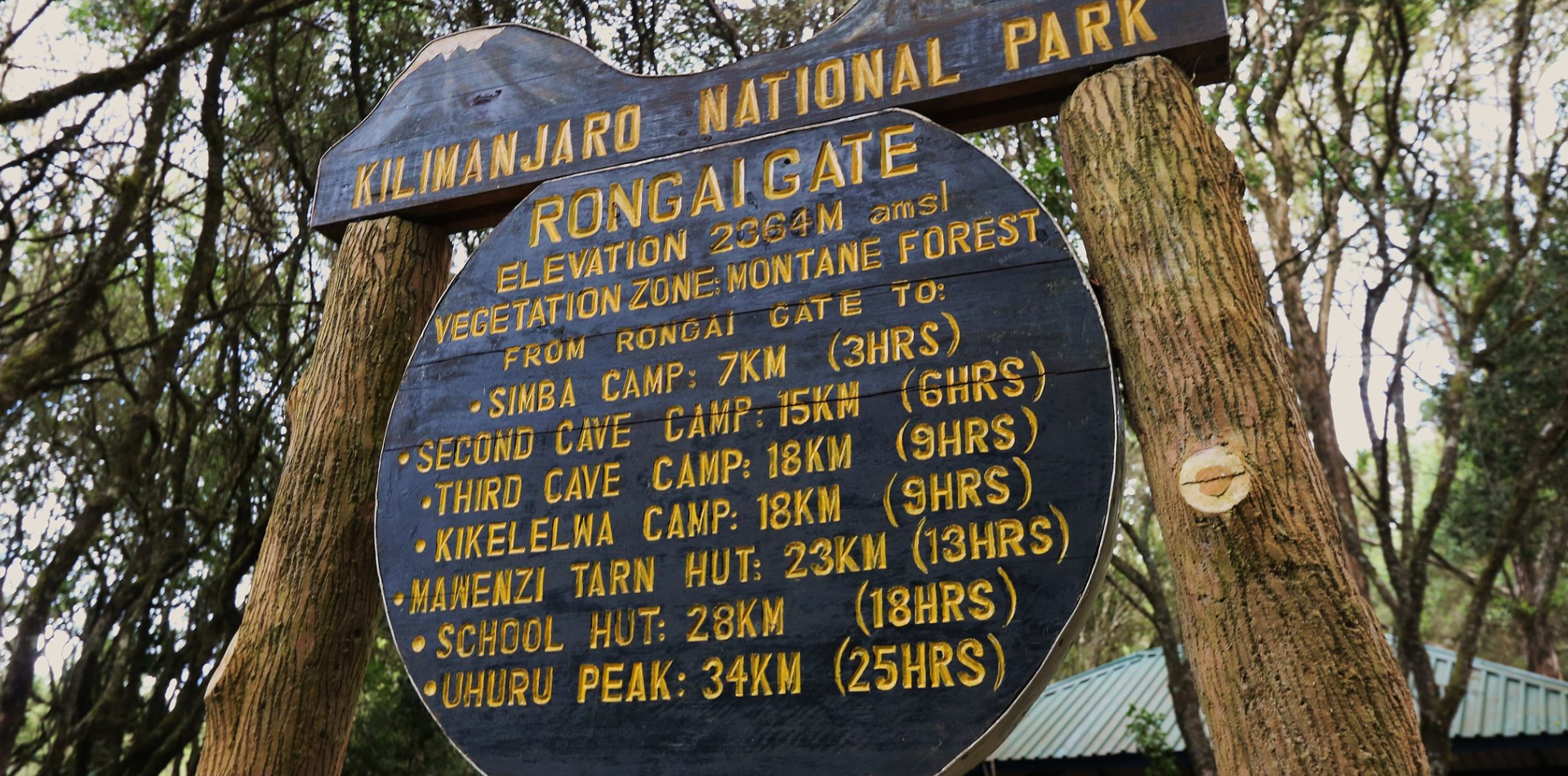
Morning: Drive from Moshi to Rongai Gate (approx. 1.5 hours).
Park formalities: Register and obtain permits.
Hiking begins: Through montane forest, with opportunities to see colobus monkeys and birdlife.
Hike duration: ~3-4 hours.
Camp at Simba Camp (2,780m) for acclimatization and rest.
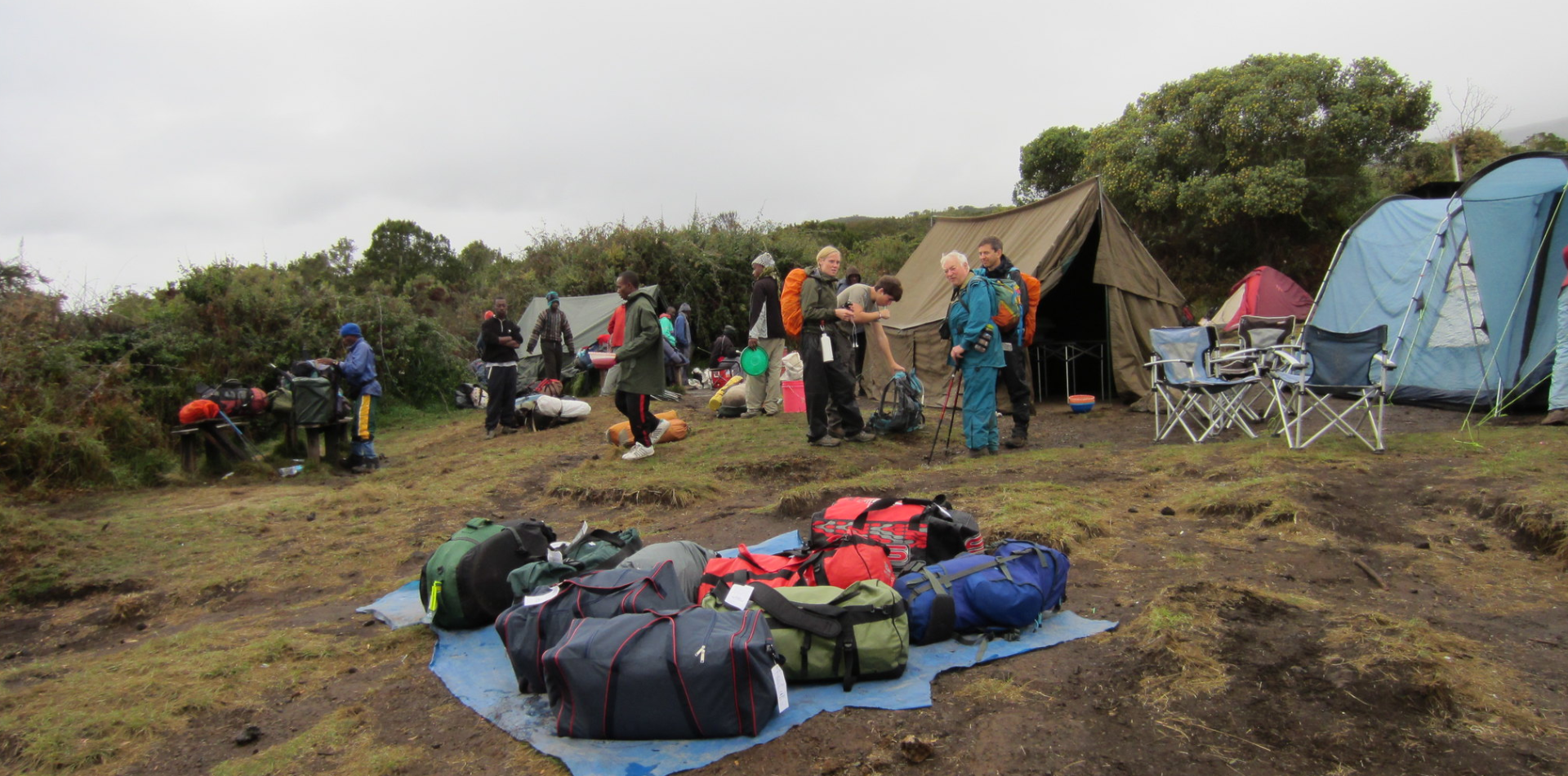
Hiking through: Moorland and heath zones with scenic views.
Hike duration: ~5-6 hours.
Highlights: Unique landscapes, acclimatization.
Camp at: Second Cave (3,600m).
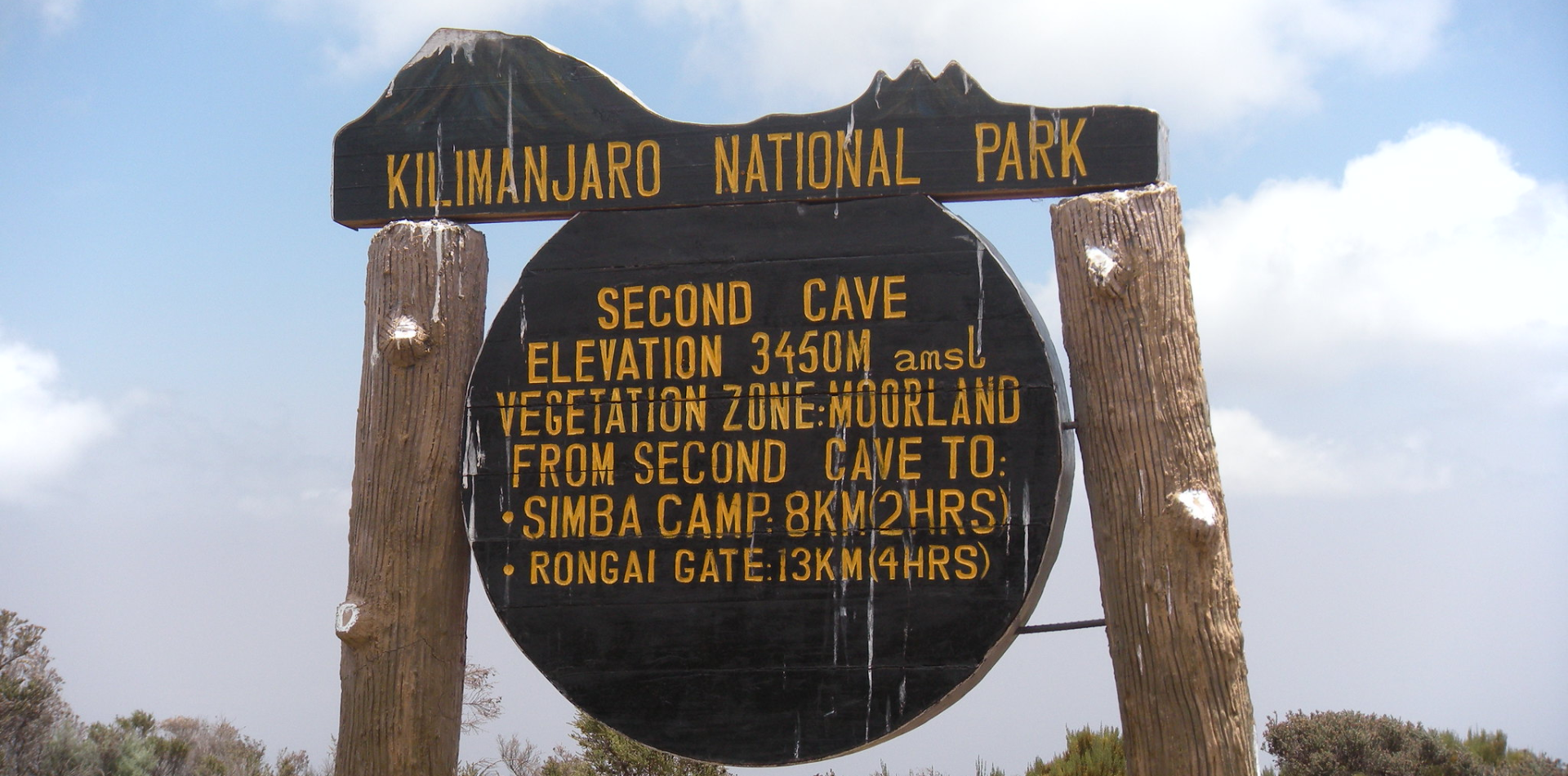
Hike through: More moorland, with views of the mountain and surrounding plains.
Hike duration: ~4-5 hours.
Overnight at: Kikelewa Caves (3,700m).
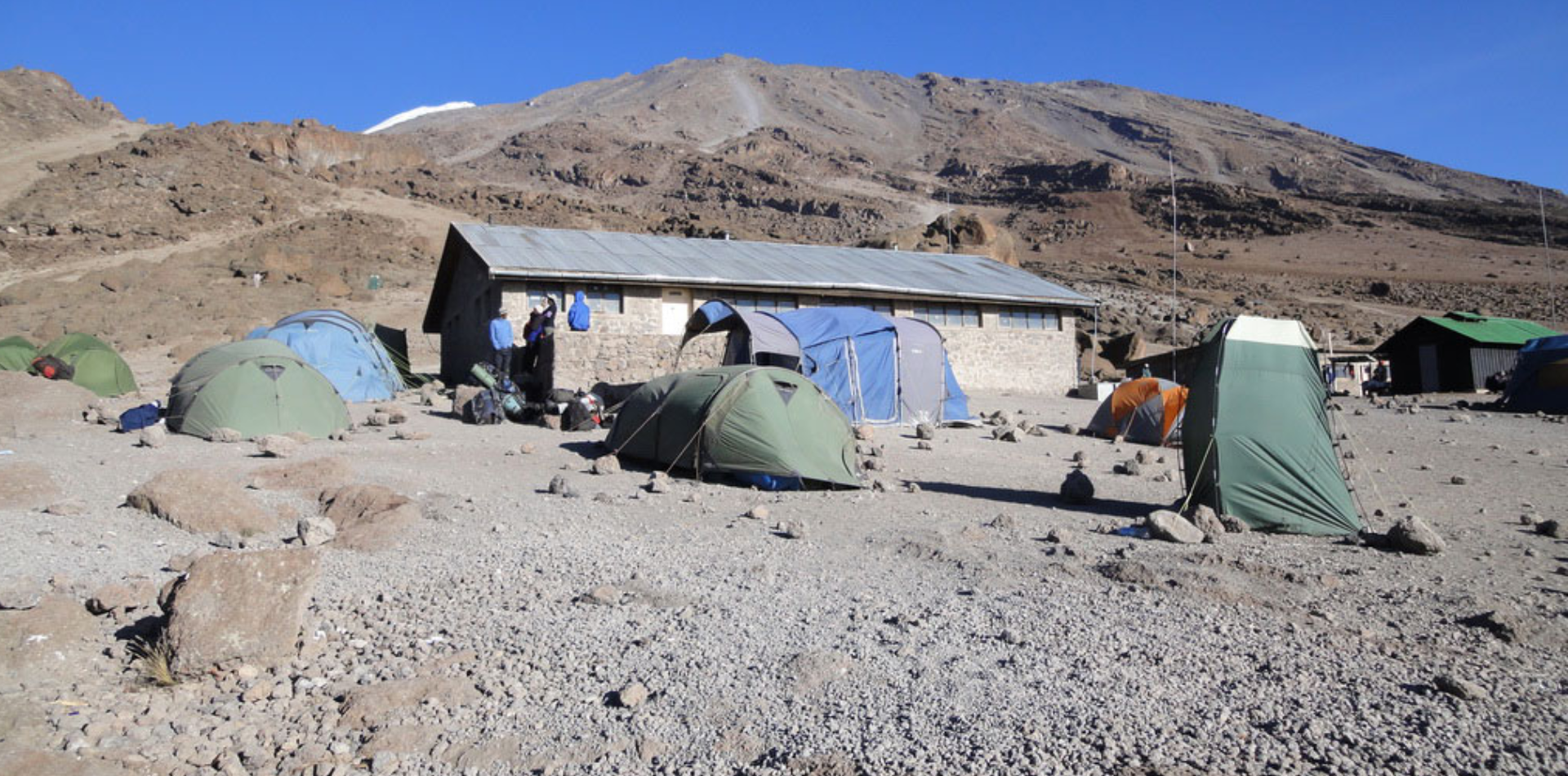
Hike across: Alpine moorland, with views of Mawenzi Peak.
Hike duration: ~4-5 hours.
Overnight at: Mawenzi Tarn (4,330m), with stunning mountain scenery.
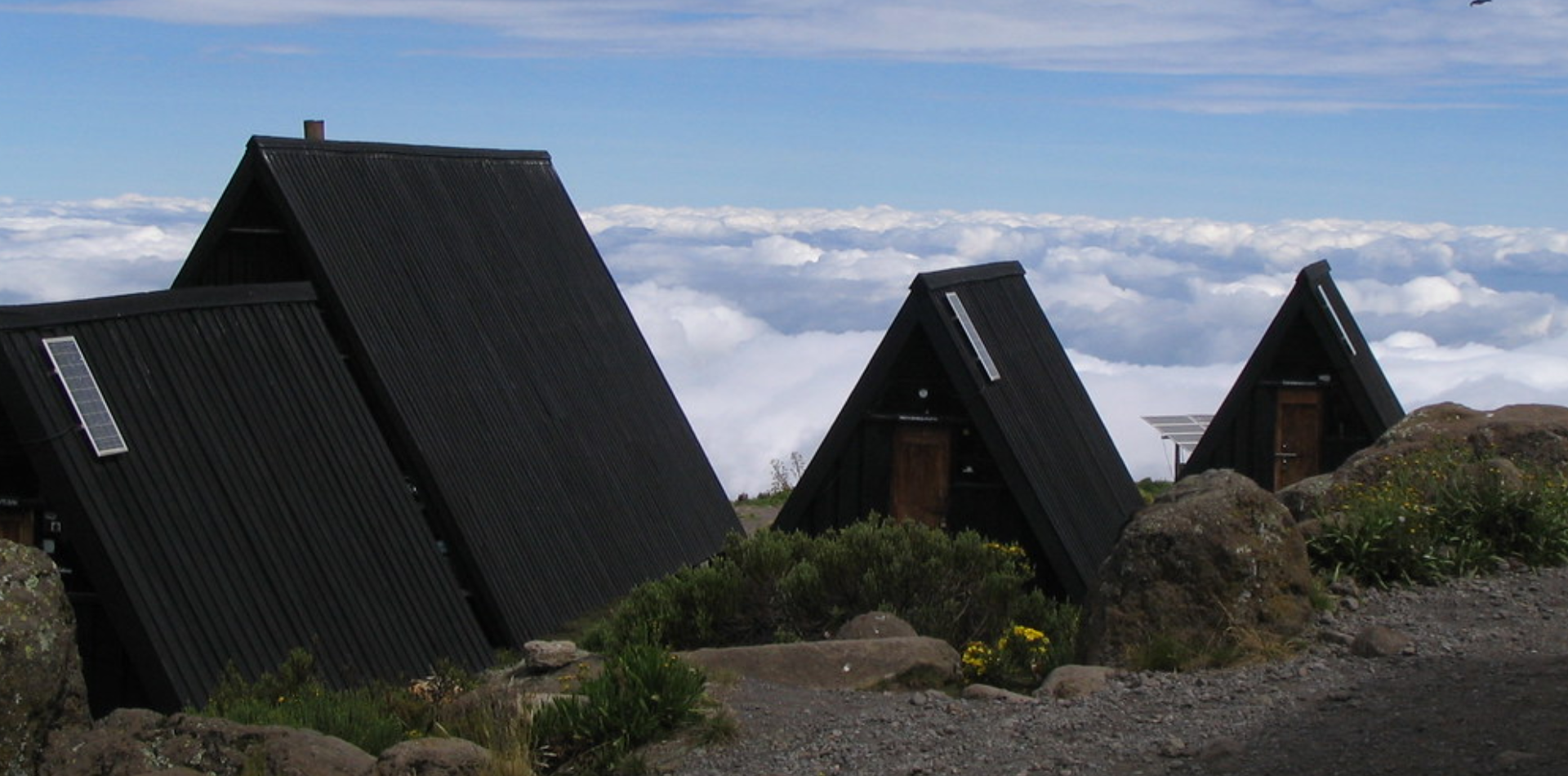
Hike through: Rocky and alpine desert terrain toward Kibo Hut.
Hike duration: ~4-6 hours.
Preparation: Rest, hydrate, and prepare for midnight summit attempt.
Overnight at: Kibo Hut (4,700m).
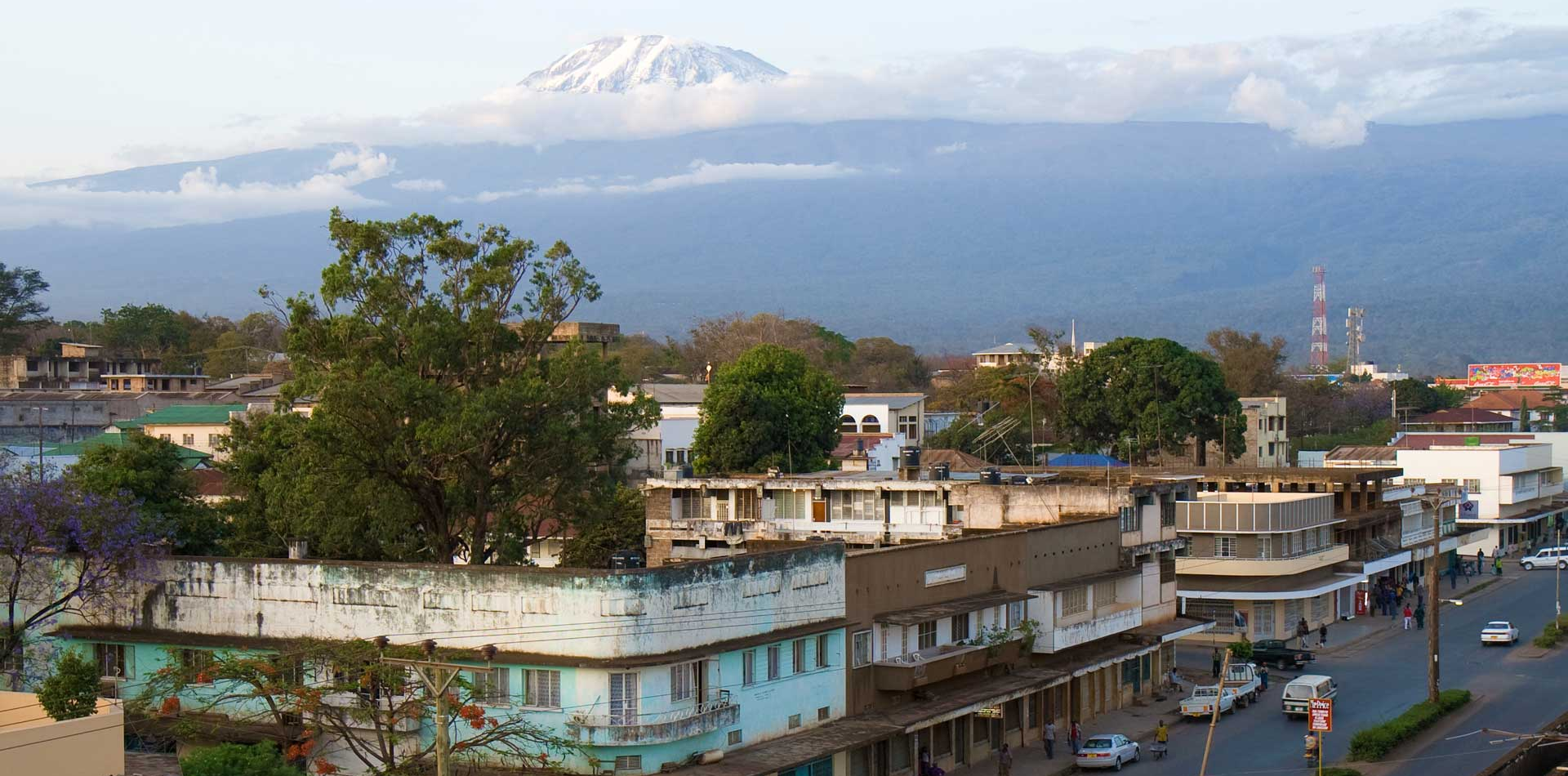
Night ascent: Starting around midnight, climb to Uhuru Peak (5,895m).
Summit: Sunrise at the top, photo opportunities.
Descend: Back to Kibo Hut for a brief rest, then down to Horombo Hut (3,720m).
Overnight at: Horombo Hut.
Post-Trek: Return to Moshi
Day after summit: Descend further to the gate, then transfer back to the airport for your journey back home.
Inclusions & Exclusions
- Kilimanjaro trekking according to the itinerary.
- Professional, English-speaking Wilderness First Responder & CPR certified Guide.
- Proper Ration of Mountain crew (Cook & Porters).
- Airport Transfers.
- Meals according to the itinerary.
- Drinking water and Full Board Meals.
- All National Park & Hut Fees, Crew Permits and VAT.
- Fair and Sustainable Salary Crew Wages.
- Gate Transfers.
- Complimentary Oxygen Cylinder.
- Flights
- Visa fees
- Travel or Medical Insurance .
- Tips for porters and mountain crew .
- Personal spending money for souvenirs etc.
- Energy food & beverages, alcoholic and soft drinks.
- Personal hire gear such as trekking poles, sleeping bags, etc.
- Additional lodge nights if early descent from the mountain.
Tour Map
Tour Gallery
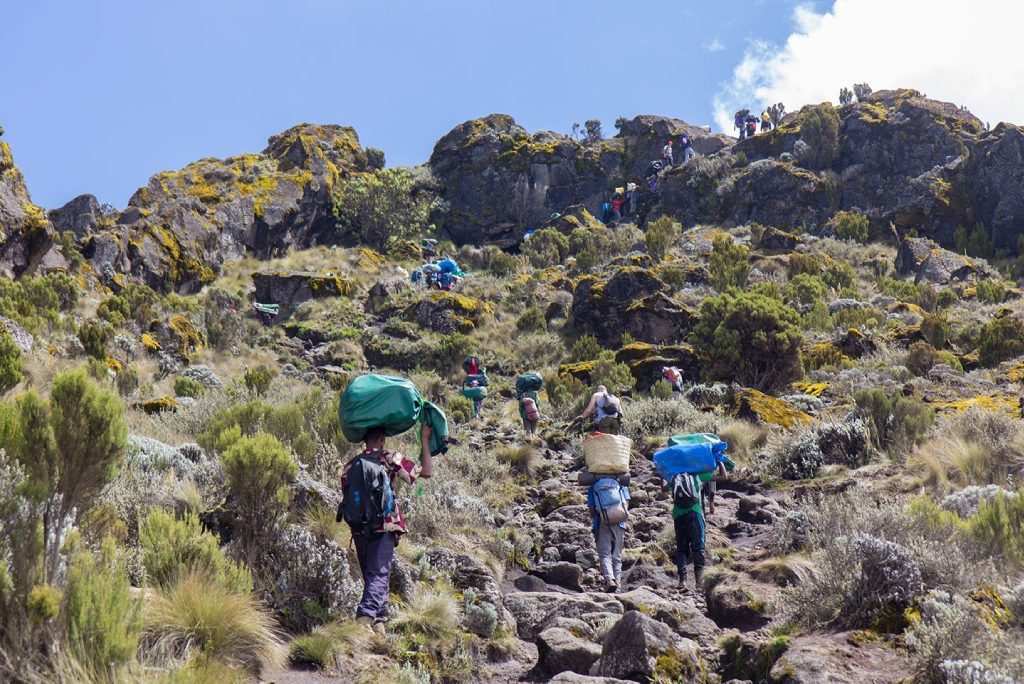
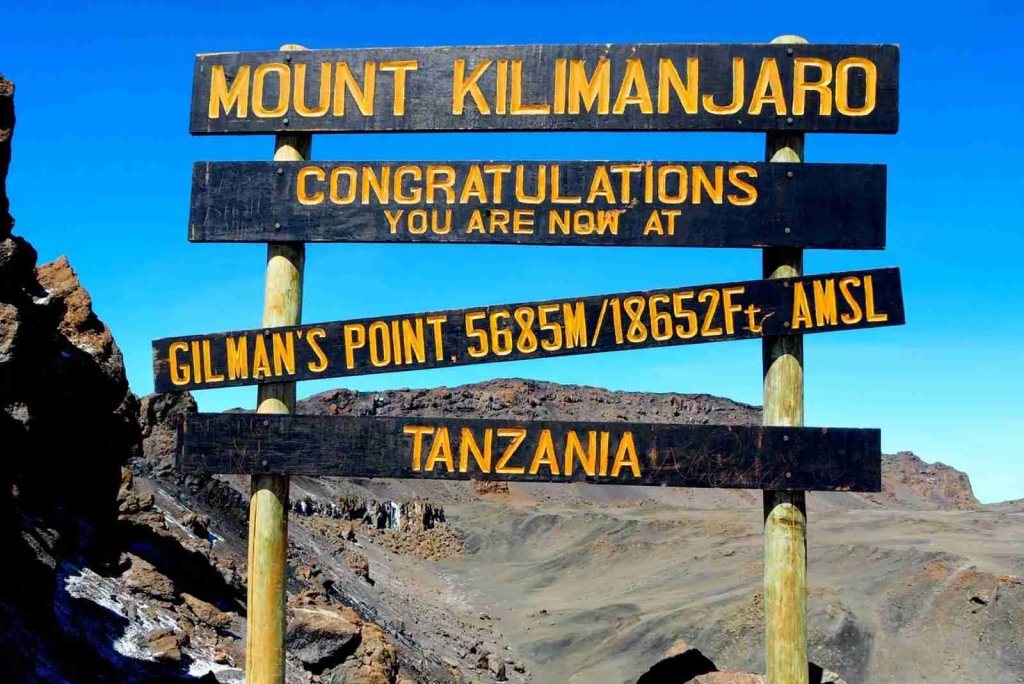
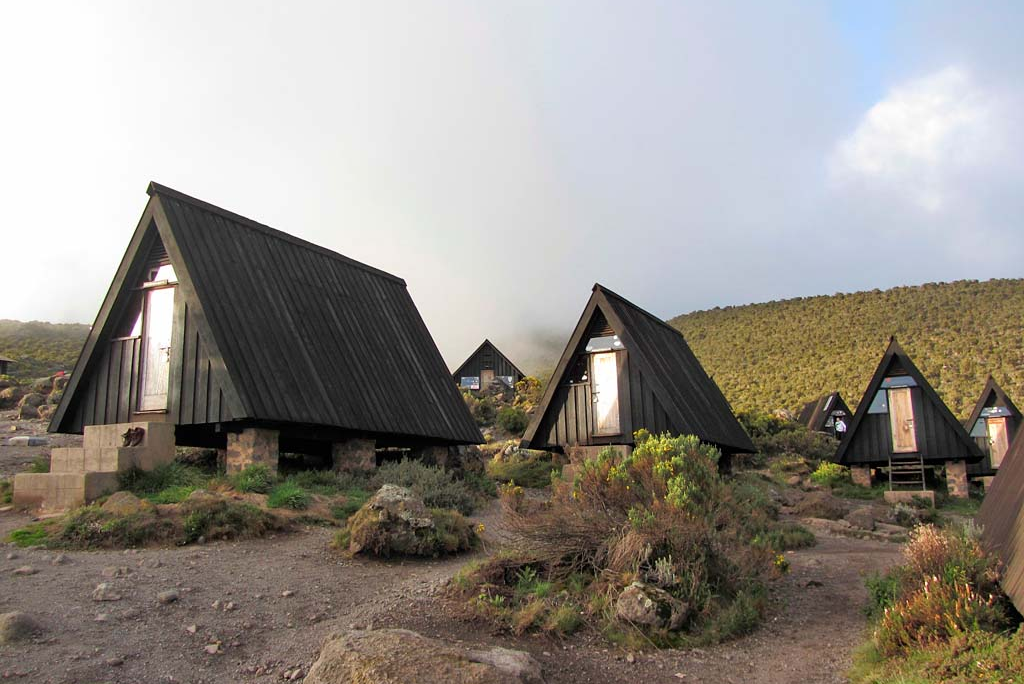
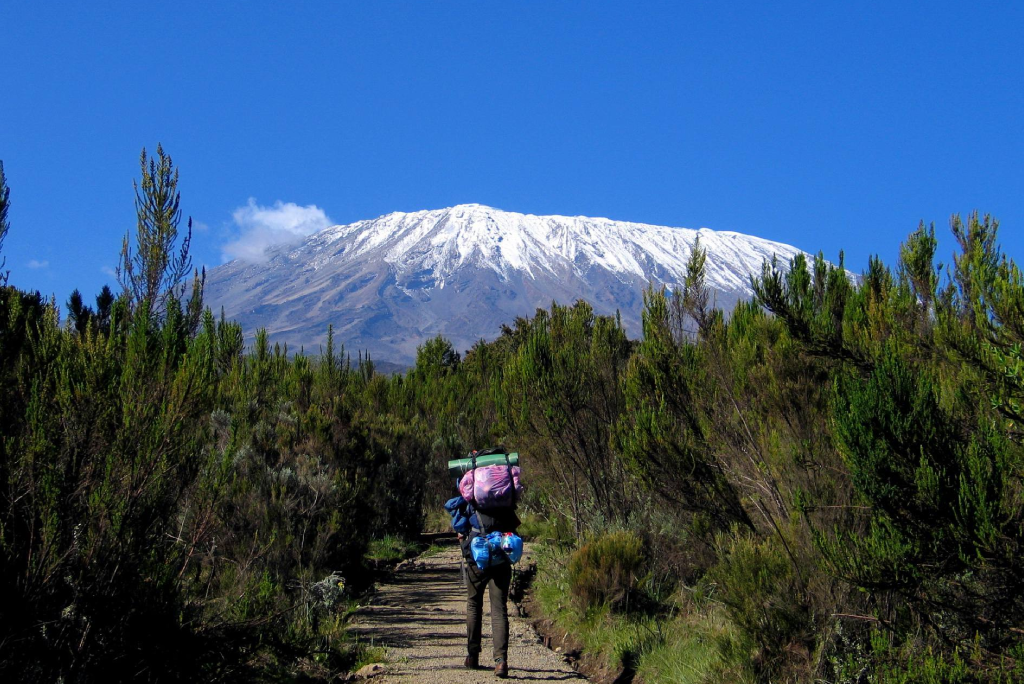
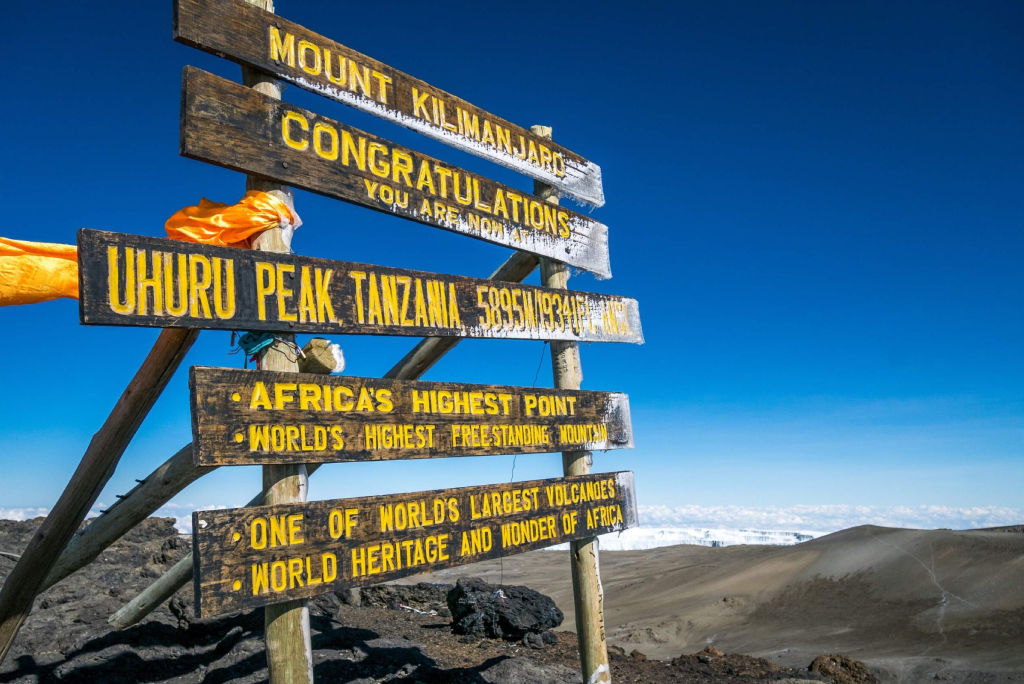
Related Mount Kilimanjaro Trekking
Given the off-road terrain that will be encountered, a bike that can adequately tackle this is also essential. A gravel bike is usually a popular option for bikepacking.
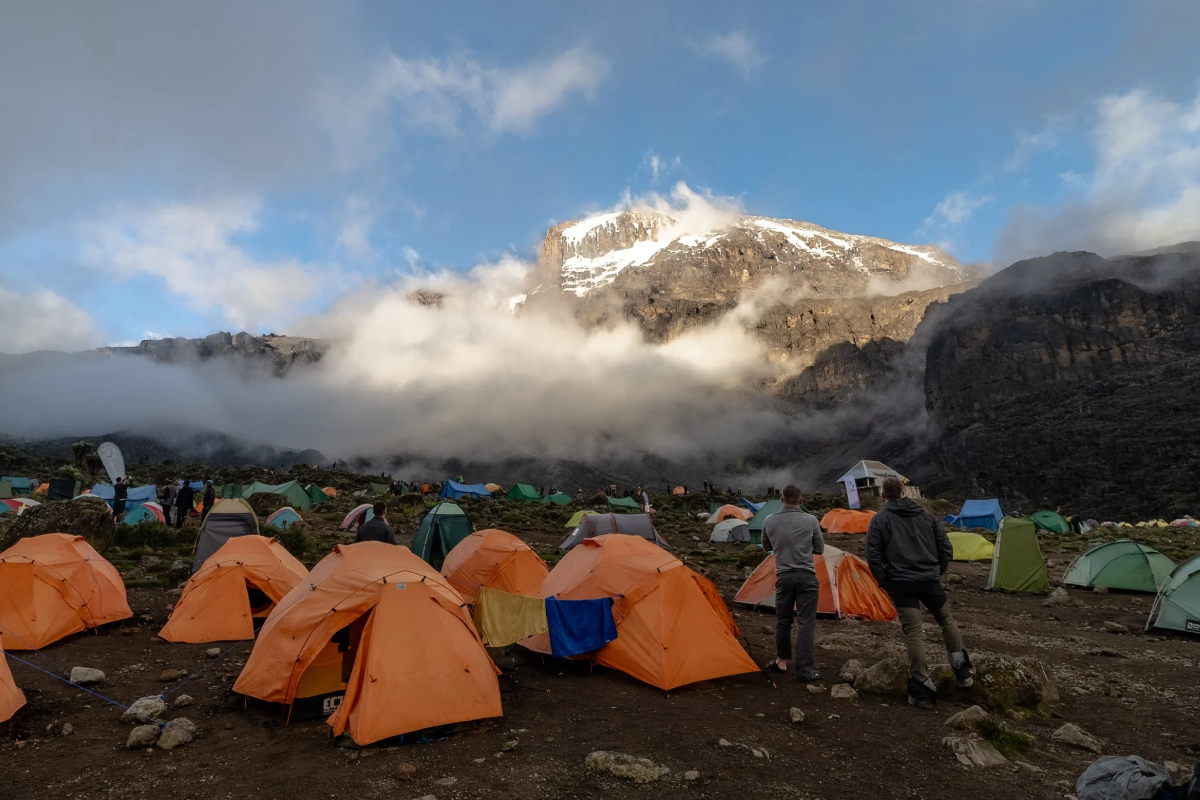
8 Days Lemosho Route
Embark on an 8-day Lemosho Route trek, traversing forests, plateaus, alpine deserts, and summiting Uhuru Peak with expert support.
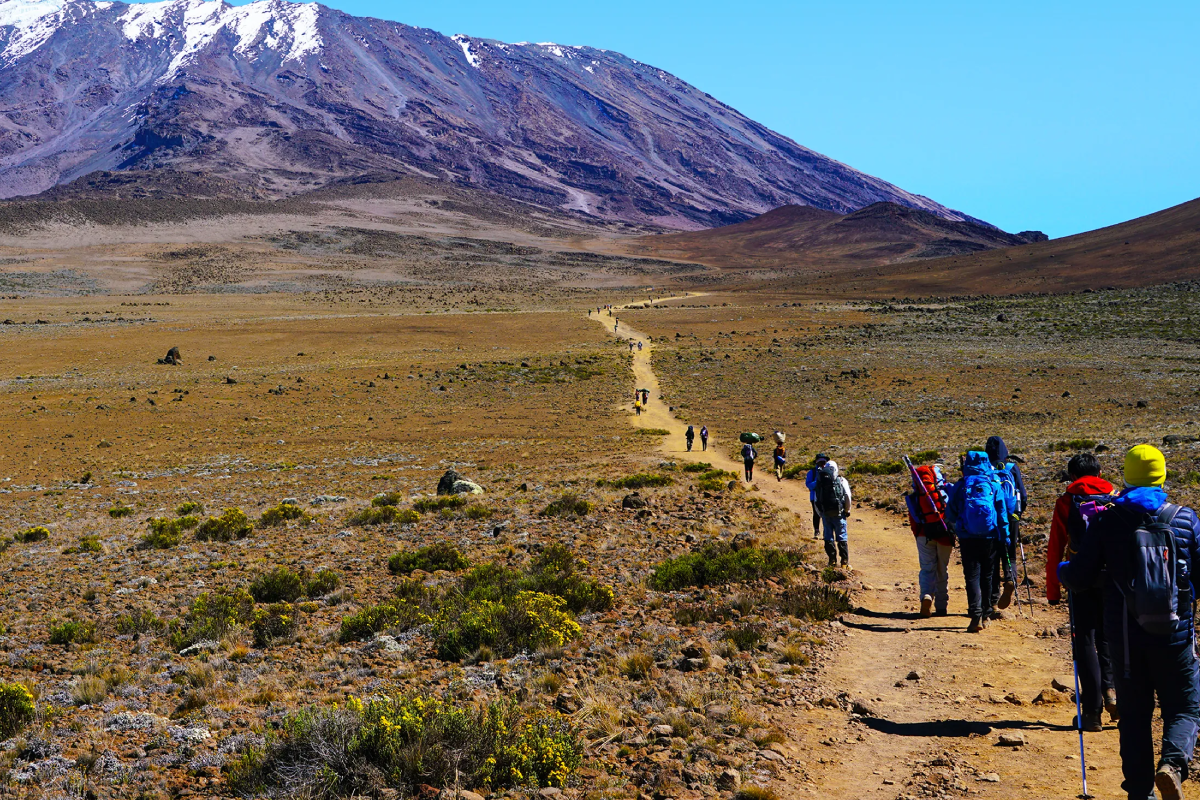
7 Days Machame Route
Trek Kilimanjaro’s 7-day Machame Route, crossing rainforests, moorlands, and glaciers, camping under stars, reaching Uhuru Peak with guided support.
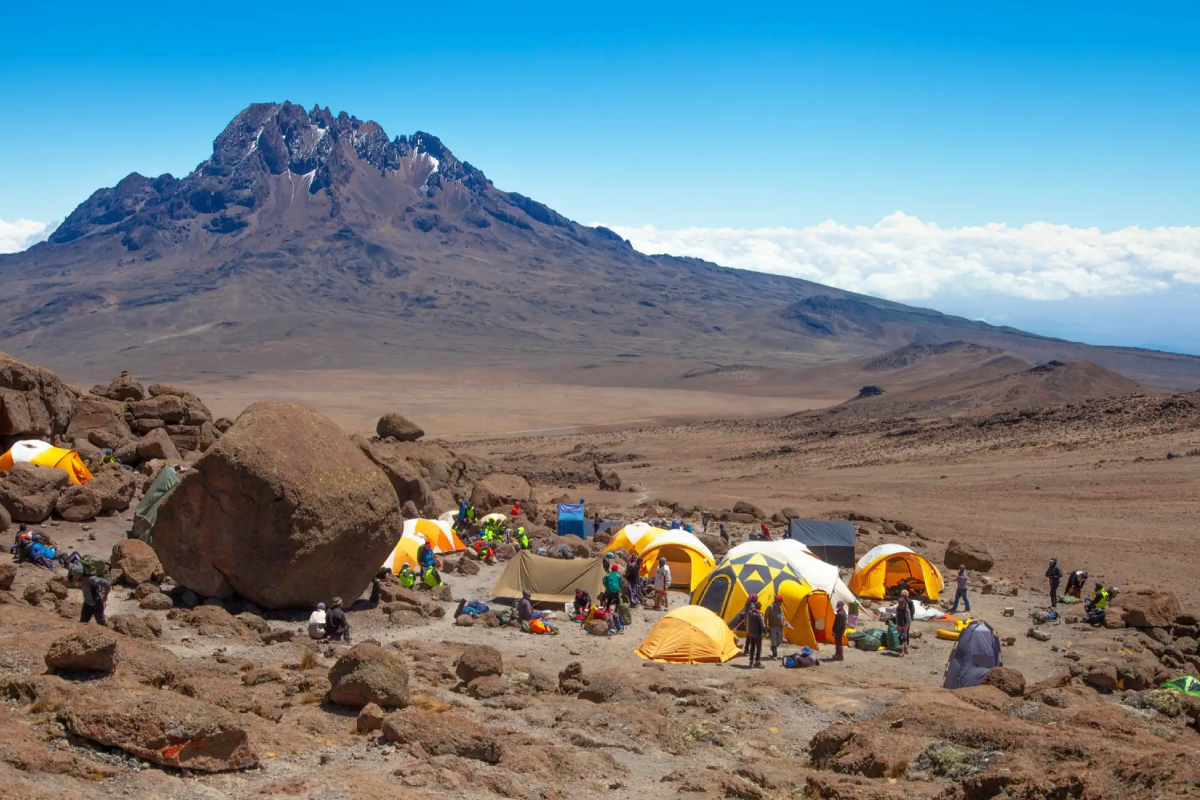
6 Days Rongai Route
Trek Kilimanjaro’s 6-day Rongai Route, ascending through rainforest, moorland, and alpine desert, summiting Uhuru Peak with expert guides and full support.
We make it easier for everyone to experience the world
Ready to explore Tanzania’s natural wonders? We’re here to help! Whether you’re planning a once-in-a-lifetime safari or a peaceful nature escape, our team makes travel easy and personal. Reach out today—let’s turn your dream of exploring Tanzania and beyond into reality. We make it easier for everyone to experience the world, one journey at a time. Contact us today!
Need I help? Talk to an Expert
+255767493713 +255690129757
Mountain Climbing FAQs
Discover essential information for climbing Tanzania’s iconic peaks—Mount Kilimanjaro, Mount Ol-Donyo Lengai, and Mount Meru. Learn about the best seasons, difficulty levels, required permits, gear recommendations, and safety tips. Whether you’re a first-time climber or experienced mountaineer, these FAQs provide guidance to help you prepare, stay safe, and make your mountain adventure unforgettable.
Climbing Kilimanjaro is challenging but achievable for fit individuals. It doesn't require technical skills, but altitude and endurance are key factors. Choosing a longer route improves acclimatization and success. Mental preparation, physical fitness, and proper gear make a big difference in your summit experience.
The best times are during dry seasons—January to March and June to October. These months offer clear skies, better trail conditions, and higher success rates. Avoid the rainy seasons for safety and comfort. Early booking is also advised due to route popularity.
Yes, Mount Meru is ideal for acclimatization before Kilimanjaro. It reaches 4,566 meters and offers great altitude training. The trek includes wildlife encounters and scenic ridges, preparing your body for Kilimanjaro’s higher elevation and reducing chances of altitude sickness significantly.
Yes, guided climbs are mandatory for both Kilimanjaro and Mount Meru. Guides ensure your safety, manage logistics, and provide expert support. Their local knowledge enhances your journey. On Mount Meru, park rangers accompany all trekkers due to wildlife presence in the area.
Ol Doinyo Lengai is the only active natrocarbonatite volcano in the world, revered by the Maasai as the “Mountain of God.” The steep climb is rewarded with unique lava flows, spiritual significance, and sunrise views over Lake Natron and the Great Rift Valley.
Altitude sickness can affect anyone above 2,500 meters. Symptoms include headache, nausea, and fatigue. To reduce risk, climb slowly, stay hydrated, and acclimatize properly. Longer itineraries on Kilimanjaro and a Mount Meru pre-climb significantly boost altitude adaptation and summit success.
You’ll need layered clothing, waterproof outerwear, sturdy hiking boots, sleeping gear (for Kilimanjaro and Meru), headlamp, trekking poles, and hydration packs. For Ol Doinyo Lengai, include lightweight but grippy footwear and breathable clothing due to its steep, dusty volcanic terrain.
What Customers Say About Us
